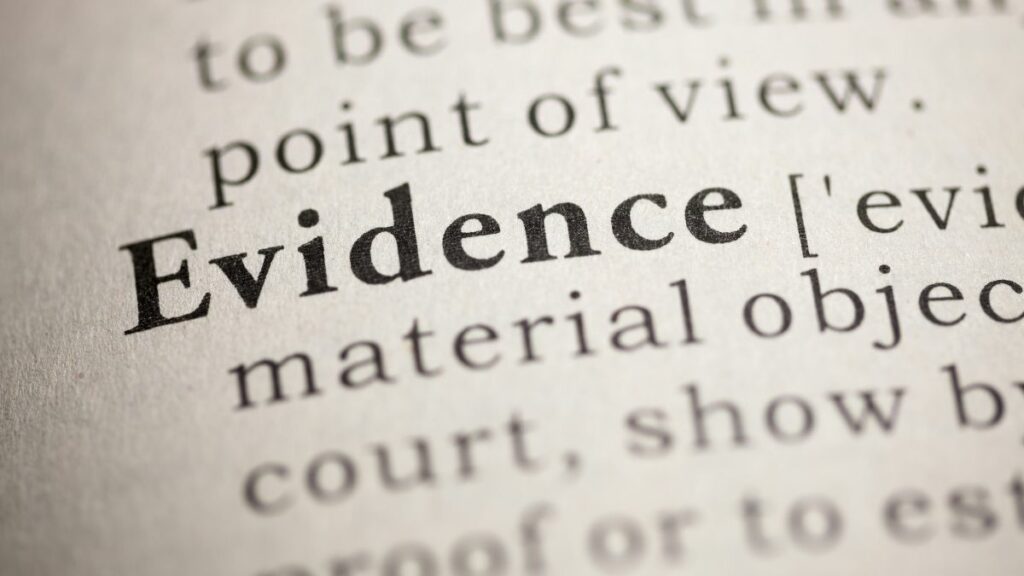In order to establish a fact in a criminal trial it is usually necessary for an individual who personally witnessed it to give evidence as a witness.
Evidence should normally be given orally by a witness who speaks from their own recollection. This is to ensure that witnesses give ‘first-hand’ evidence about facts that they have personally witnessed, rather than facts they have been told about by those who are not present in court to give evidence under oath. It means that a witness whose evidence is disputed by an opposing party, can be cross-examined and the jury can assess the reliability of their evidence.
What is hearsay evidence?
Hearsay evidence is ‘second-hand’ evidence. It is:
- A statement
A statement covers any representation of fact or opinion made by a person by whatever means with the purpose of causing another person to believe a matter or to act on the basis that it is true. It includes a representation made in a sketch, photo-fit, or other pictorial form. It can be made by gestures and/or conduct (sign language, for example).It must be made by a person, which means that any statement that is made by a machine or electronic device cannot be hearsay. Images generated by police body-worn video cameras and a print out of a computer are admissible as real evidence.
- Made outside of the Court
The statement must have been made outside of the Court trying the case, so it can include any statements made to the police, other parties or to other Courts hearing different proceedings.
- The purpose is to cause another to believe or act on the facts stated
The purpose of the person who made the statement must have been to cause another person to believe that the facts stated are true, or to cause another person to act (or a machine to operate) on the basis that the facts stated are true.
- The statement is relied on for the truth of the matter stated
Examples of hearsay evidence
An example of hearsay would be where person A sees someone climbing into the window of a house. A later tells person B that the person he saw was C.
Evidence from B of what A told him is hearsay.
If A gave his account in a witness statement to the police, the statement itself would be hearsay. A would need to give oral testimony at Court for his evidence to be admissible.
Hearsay may arise where a document is adduced in evidence which was created by a witness who is absent from the trial.
The general rule
The general rule is that hearsay evidence is not admissible at trial. This is because the usual level of scrutiny is lost with hearsay evidence as the maker of the statement is not at Court to be cross-examined and assessed by the jury.
For more information about our crime team and the services they provide, please visit our Criminal Defence and Extradition page.
